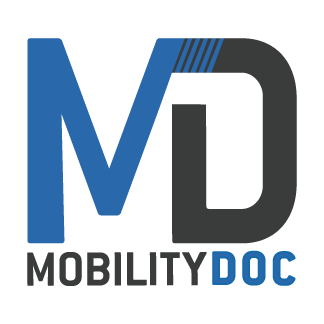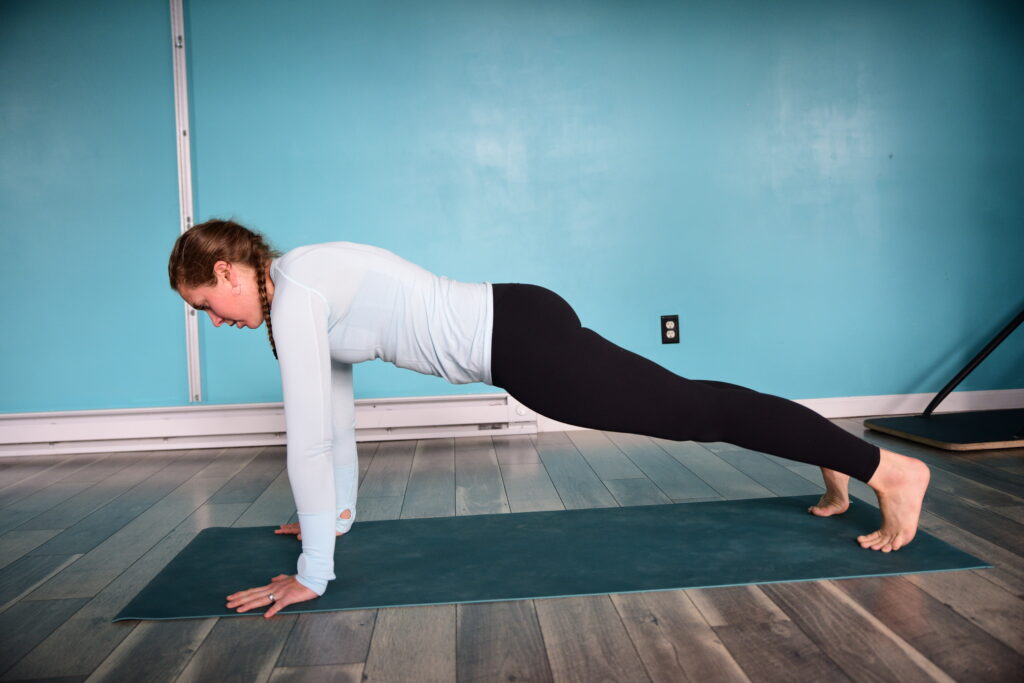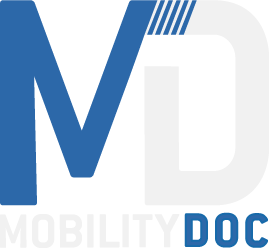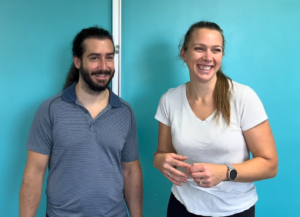We are so excited to announce that once a month we are highlighting Dr. Chloe’s yoga based series called Mobility-Doc Does Yoga. This series combines practical fitness exercises and the Mobility Doc Method triplet to get our Yogis into better, stronger, and healthier poses. Now, I say yogis, but these exercises are great for anyone wanting to improve their general overall wellness and strength. How it works is each month Chloe chooses a popular yoga topic; last month was improving backbends. She then chooses 4 yoga poses to highlight each week that build up in difficulty. The weekly video includes 3 exercises to improve the featured pose with a bonus strength exercise at the end. Working on these individual poses strengthens your foundation and teaches your body how to move properly into the more difficult poses!
This month’s series is all about the core. Your core is the foundation of your entire body. It is imperative we keep this part of our bodies strong. That being said, having strength in this region is not our only focus. You also need mobility through the spine to move well. Combining proper spine movement and stabilizing the area with strong muscles will unlock strength and power you didn’t know you had. Things will start feeling easier. You’re going to have better movement. Most of all, you’re going to feel like a new you. Let’s journey through what exactly is the core, some different types of exercises you should do, and why they work.
What Is The Core
When thinking about the core the first thing that pops into our minds is abs. What if I told you your abs are not the only thing you should focus on? If you’re thinking they’re crazy, I’ve been doing core exercises my whole life… your abs are your core! You’re half right. A common misconception is that your core is only the front of your body. However, the core is a complex system made up of many different muscle groups that not only go through the front of your body, but the back as well.
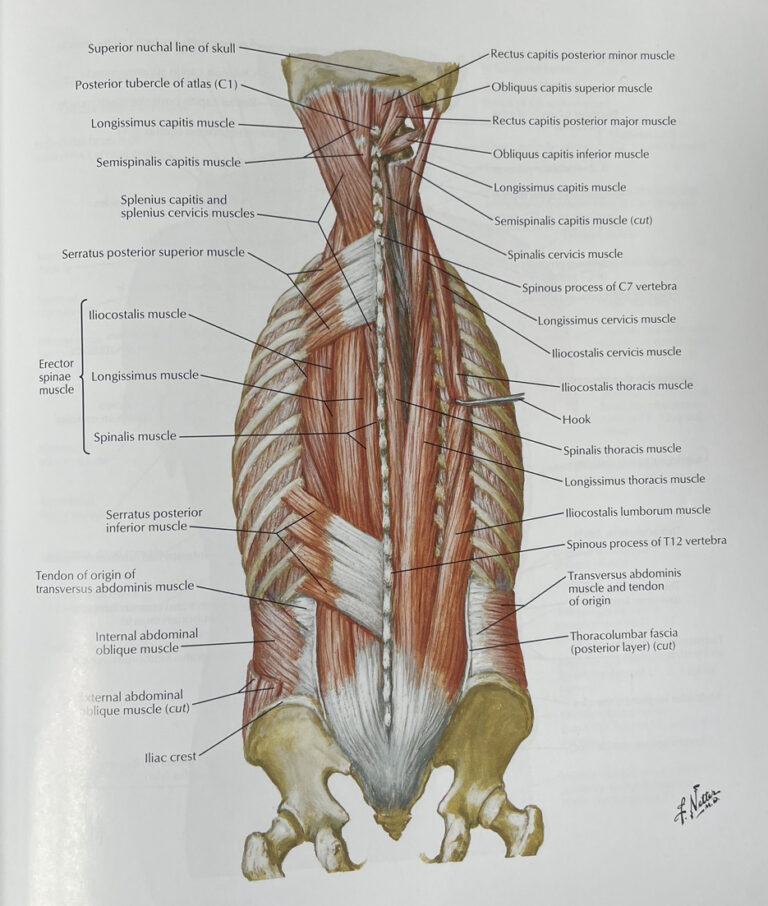
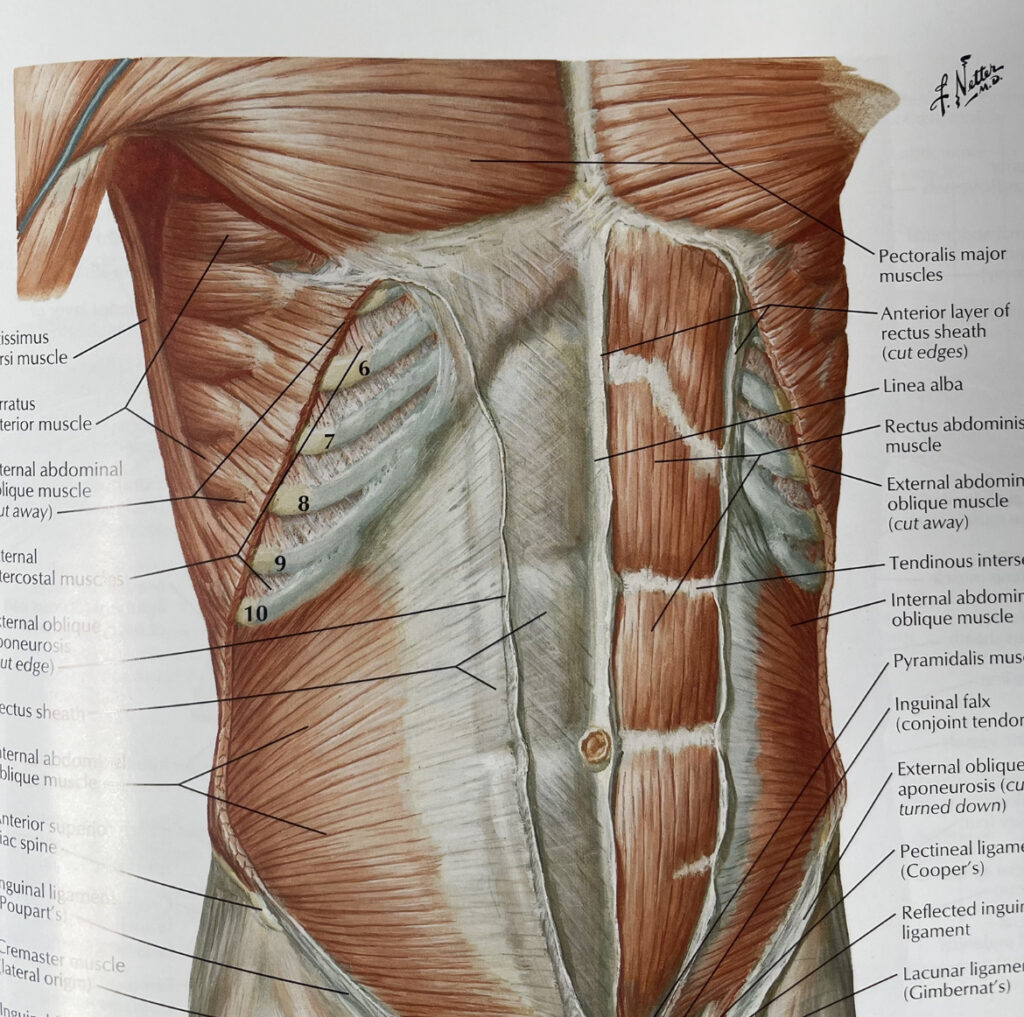
Let’s get to the belly of the issue (pun intended) – what exactly is your core? The true definition of your core is any muscle that helps support and keep your spine in its proper position. On the front of your body the muscles are your rectus abdominis and obliques. Those are the most commonly referred to muscles when talking about the abs and include your sides or “love handles”. The back of your body has many layers of muscle to help keep your spine in line. These include the quadratus lumborum, iliopsoas, and transverse abdominals. We can break these down into two groups: the paraspinals, which is another fancy way of saying the muscles that hug your spine, and your hip flexors.
The Purpose of Core Work
The true purpose of core work is to teach your spine how to stay in one optimal position. Muscles run from the base of your neck to the bottom of your spine for that soul purpose. Both the muscles on the front and back of your body need to work together. Having one part of your core that is stronger than the other will cause issues. If you’re starting to think maybe my core exercises should no longer be doing crunches until I’m blue in the face, you’re headed in the right direction.
Doing “core strengthening” as we typically think of it is only the first step to gaining a better core. When most people think of core exercises you think of doing crunches, russian twists, leg lowering, and sweeping. I’m not saying these exercises aren’t good for part of your core, but what do they all have in common? They are all done on the floor. What we really need to improve core strength and stability is to get off the floor.
The Right Kind of Core Exercises
What does that mean, get off the floor? The second part of strengthening your core is being able to keep your spine in that optimal position while doing function movement. Being on the floor helps your spine understand where it needs to be, but it doesn’t allow you to keep it there while doing something practical.
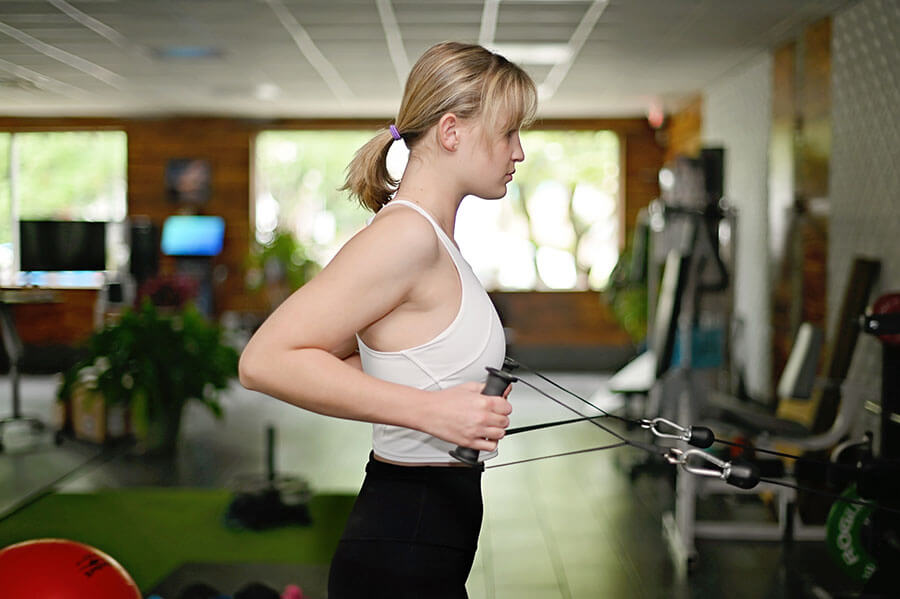
How many of your daily activities are done laying down on the floor? I mean, I’m sure we would all love to incorporate some tummy time into our work day, but that’s not always realistic. We need to practice things like pushing, pulling, hip hinging, and level changing exercises. These are what’s going to take you to the next level. Examples of these core exercises include rowing, squats, romanian deadlifts, and many more. All of these exercises need to be done with your spine in the proper position. It’s not always about benching or squatting the heaviest amount of weight. What good is it if you can’t hold yourself well while you’re doing it? That leads to injury, and nobody wants that. Doing these with the correct form leads to a healthier and stronger core which equals better performance in everything else.
Core Week 1
Where do we start you ask? Since it’s week 1, Chloe is focusing on a simple yet difficult pose that everyone knows, plank. In this video she uses three exercises to help you gain the flexibility, stability, and strength you need in your shoulders, hips, and core to do this pose successfully.
Check out MD Does Yoga: Core – Week 1 Below
Plank is more difficult than people think. Just because it’s simple doesn’t mean there aren’t many different aspects of this pose to think about. To be sure you’re holding your spine in the proper position you need to consider your shoulders, hips, back, feet, neck, basically your entire body.
Whether you’re a yogi or just looking to better yourself this video series is a great challenge. You can look for more content each week on our YouTube channel. The MD Does Yoga: Core series continues next week highlighting side plank, chaturanga, and finally crow pose. Subscribe to our YouTube channel so you’re notified when new videos are released. You can check out last month’s Improving Backbends series using the link below.
Want more out of your daily work outs? See how MDFit can make a difference in your performance. We use 4 week cycles to increase your mobility, stability, and strength. You want to get yourself to the next level? Let us help you get there. Learn more here and sign up for a free week trial with any of our MDFit programs today!
